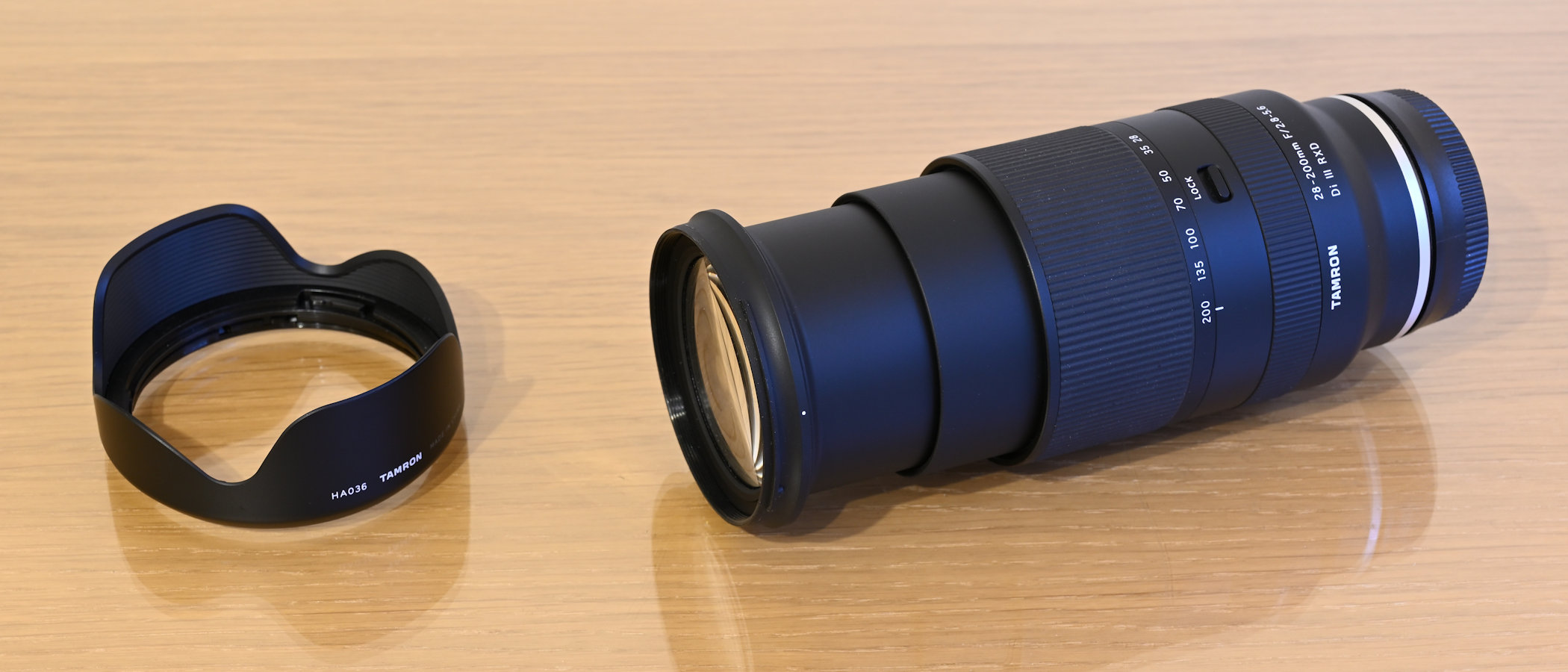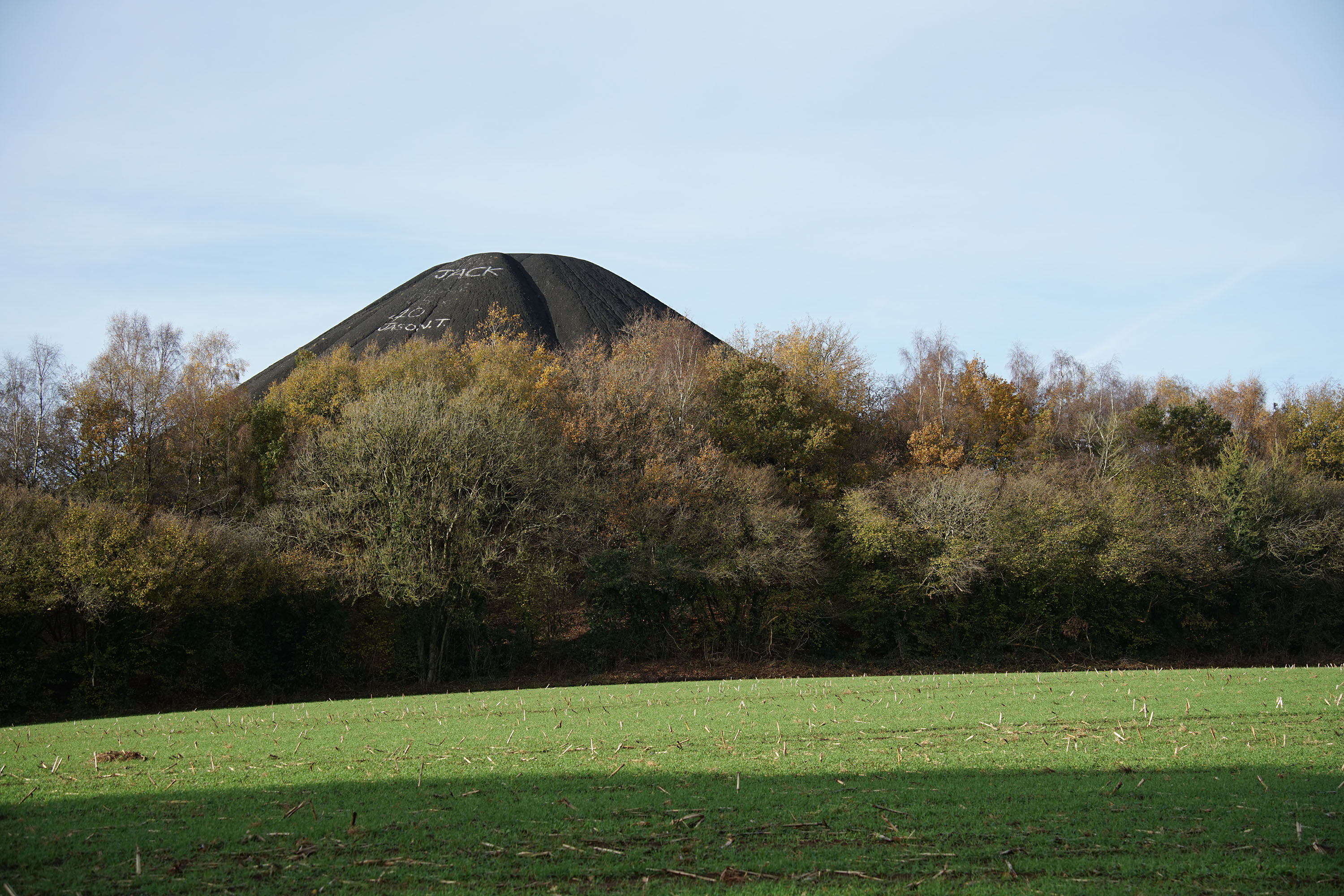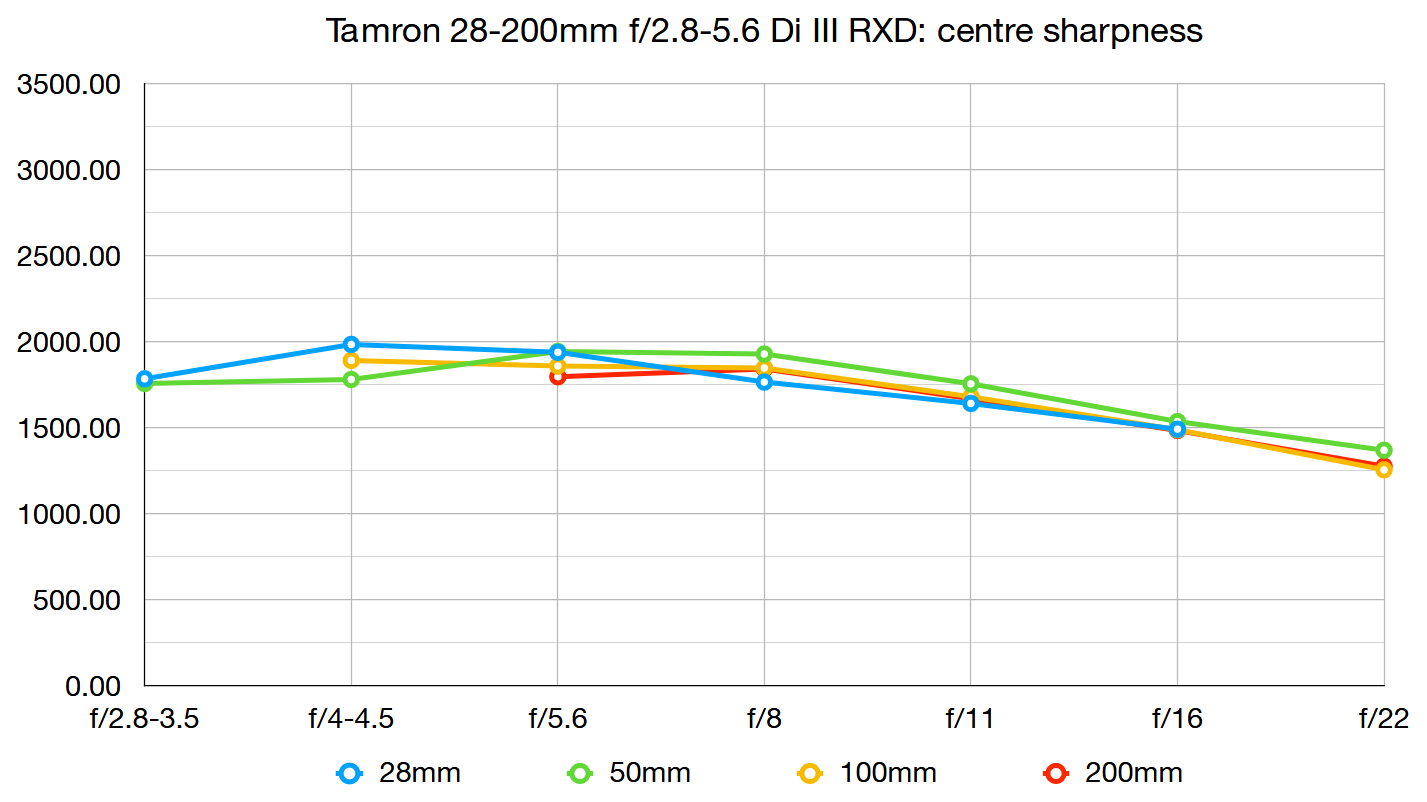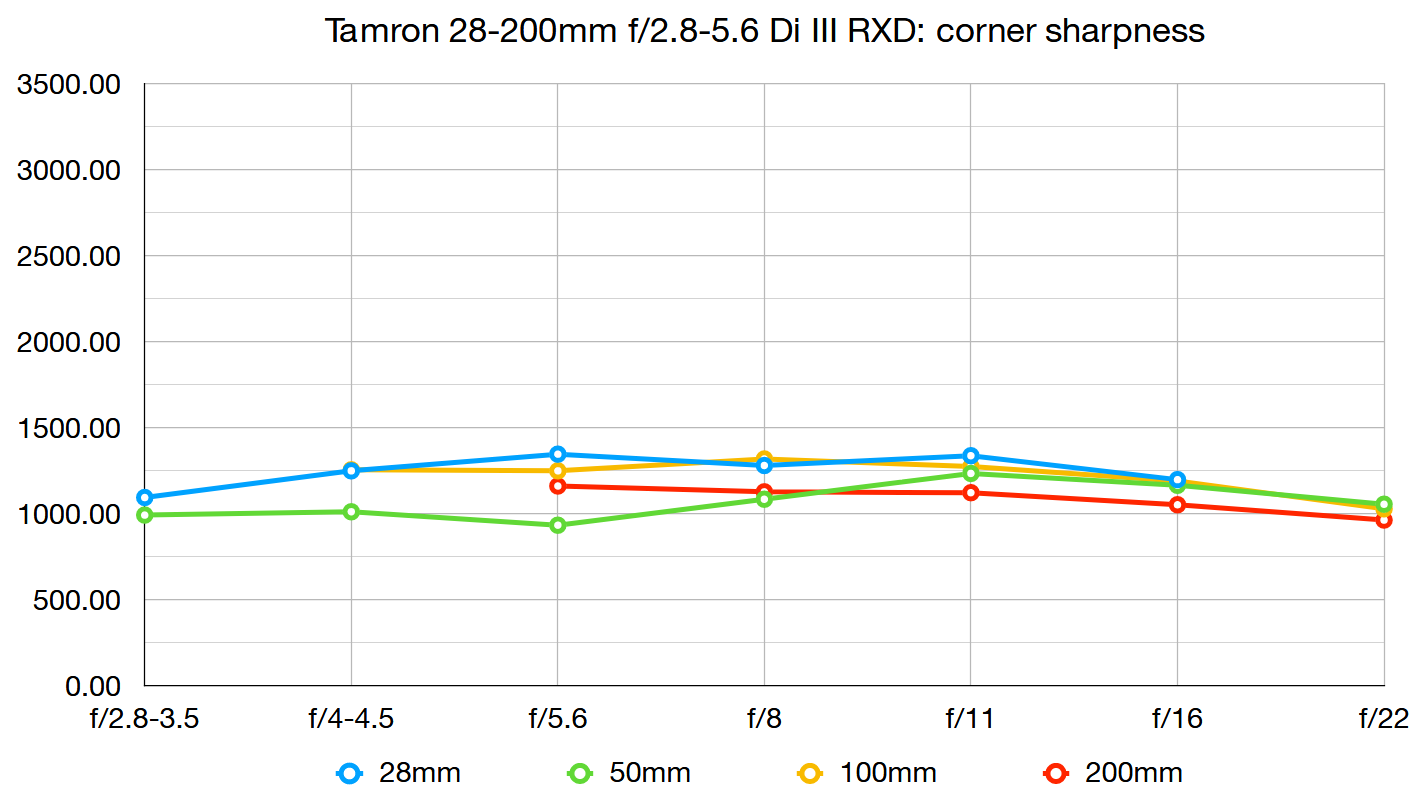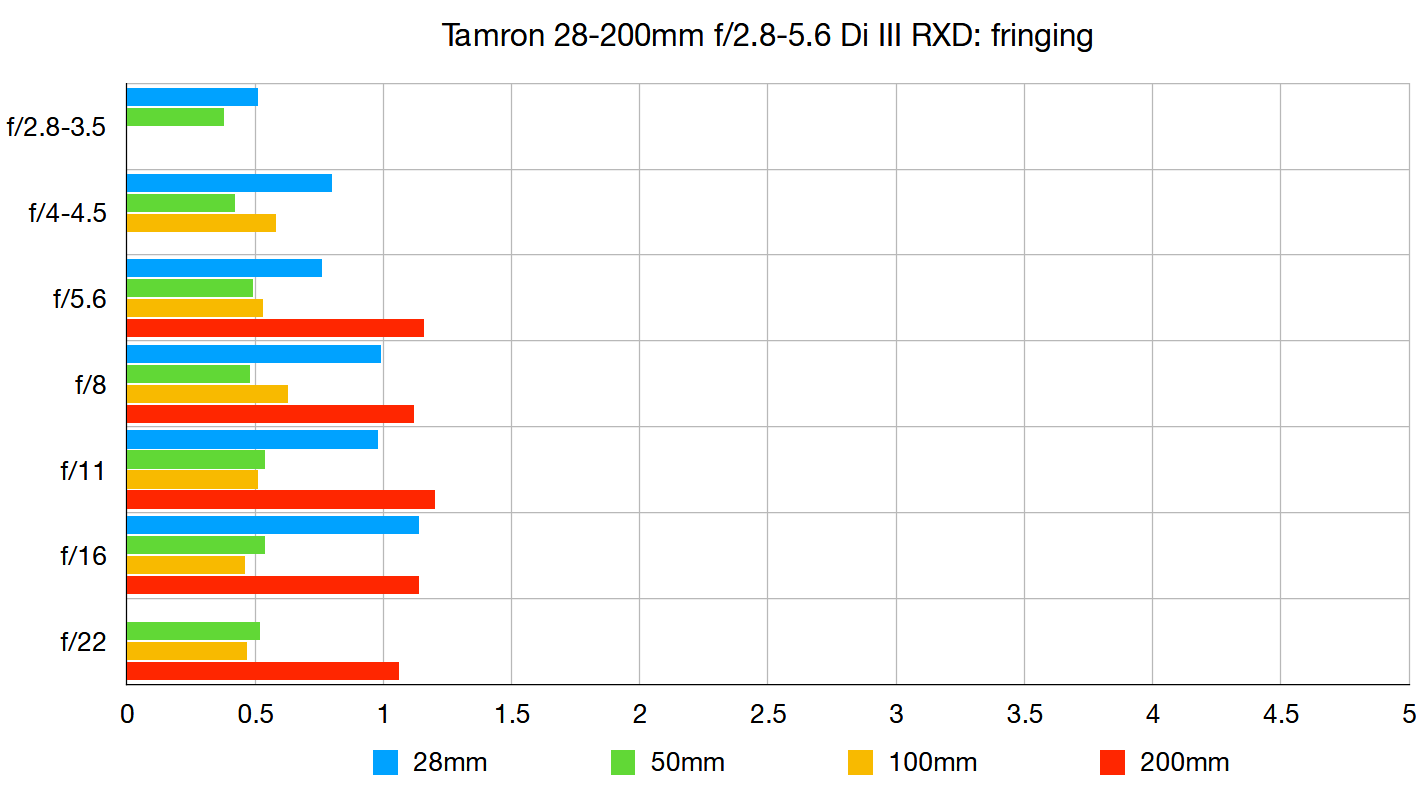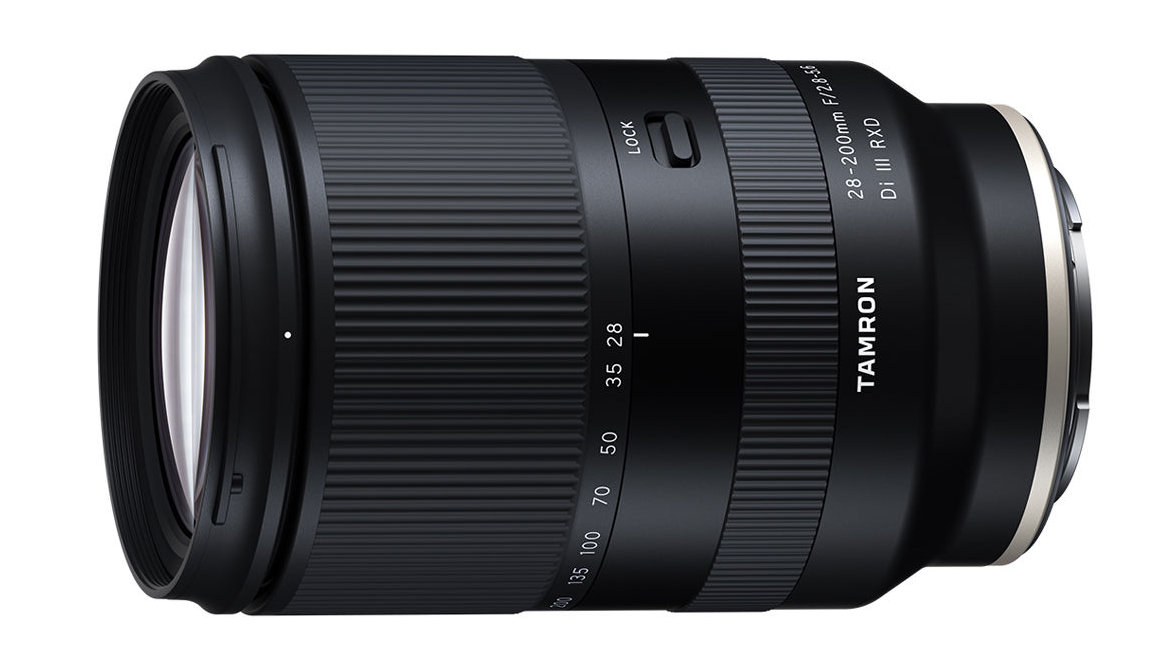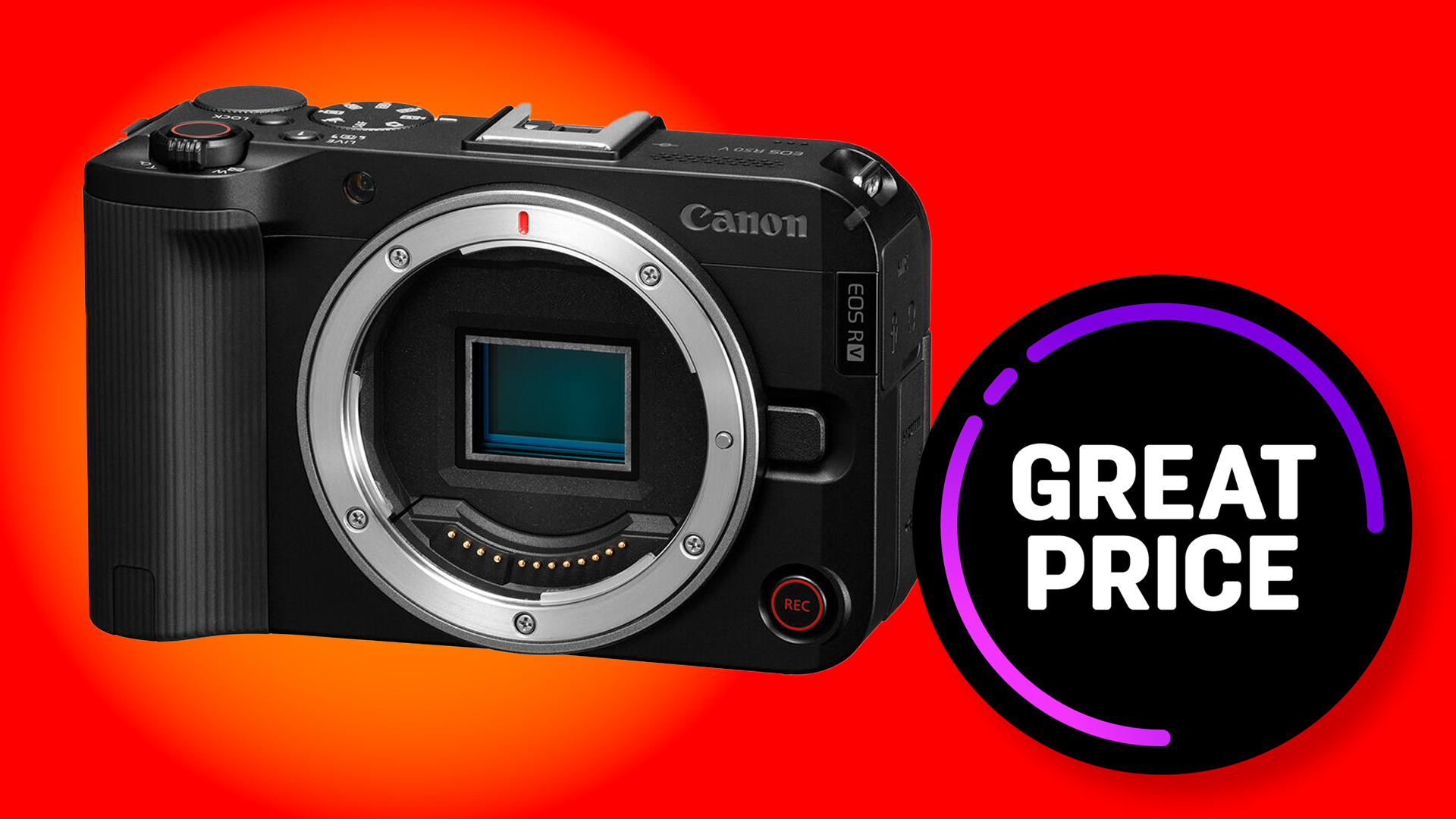Digital Camera World Verdict
There are several own-brand 18-135mm or 18-140mm superzoom lenses for APS-C format cameras on the market, from a variety of camera manufacturers. With an ‘effective’ zoom range of around 28-200mm in full-frame terms, they tend to be fairly compact, lightweight and cover a useful range of focal lengths, making them ideal for travel and walkabout photography. Tamron brings the same formula to this full-frame compatible superzoom for Sony E-mount mirrorless cameras. It wraps up a high-performance optical design and a fast autofocus system into a robust, weather-resistant package. This is a great travel lens at a very attractive price.
Pros
- +
Compact and lightweight
- +
Relatively fast aperture rating
- +
Impressive image quality for a superzoom lens
Cons
- -
No optical image stabilization
- -
Comparatively limited wide-angle potential
Why you can trust Digital Camera World
The Tamron 28-200mm f2.8-5.6 Di III RXD is a superzoom lens for Sony E-mount mirrorless cameras. It aims to give compact, lightweight and travel-friendly build, while also being capable of delivering seriously high-end image quality and all-round performance.
However, such aims aren't easy to achieve. Superzoom lenses are notoriously good and bad. On the plus side, they give you a mighty zoom range, stretching from generous wide-angle coverage to powerful telephoto reach, avoiding the need to swap the lens on your camera. The downside is that outright image quality tends to be compromised, especially in terms of irregular barrel distortion at short zoom settings, which is hard to correct, and poor sharpness at the long end.
But if anyone can produce a decent Superzoom, it's Tamron. The company has a long and illustrious history of creating superzoom lenses, stretching back to the 35mm film era, and it's put all of its expertise into creating this 28-200mm.
• Read more: Tamron 28-75mm f/2.8 Di III RXD review
Specifications
Mount: Sony E (FE)
Full frame: Yes
Autofocus: Yes
Image stabilization: No
Lens construction: 18 elements in 14 groups
Angle of view: 75.3-12.3 degrees
Diaphragm blades: 7
Minimum aperture: f/16-32
Minimum focusing distance: 0.19m (W) 0.8m (T)
Maximum magnification ratio: 0.32x (W) 0.26x (T)
Filter size: 67mm
Dimensions: 74x117mm
Weight: 575g
Key features
Measuring 74x117mm and weighing in at 575g, the Tamron 28-200mm is easily compact and lightweight enough for carrying around all day long, whether you’re wandering around the city or the countryside, or jetting off to the other side of the world. The outright zoom range isn’t as mighty as in some recent superzooms for mirrorless full-frame cameras, like the Nikon Z 24-200mm f/4-6.3 VR or the Canon RF 24-240mm f/4-6.3 IS USM, the latter boasting a 10x zoom range and both of them giving more extreme wide-angle coverage. Even so, the Tamron’s overall range of 28-200mm pretty much covers all the bases for everyday shooting, avoiding the need to carry an additional lens.
A plus point of the Tamron over Nikon and Canon’s full-frame superzooms for mirrorless cameras is that it’s ‘faster’. Indeed, its wide-angle aperture rating is a whole f/stop faster, at f/2.8, and the lens shrinks to a still-wider f/5.6 at the long end. This enables faster shutter speeds and a tighter depth of field, especially when shooting at short focal lengths. For close-ups, the minimum focus distance is also pretty impressive for a superzoom lens, ranging from just 0.19m at the shortest zoom setting to 0.8m at the longest. Suffice it to say that you can get up close and personal at any focal length, utilizing a powerful maximum magnification ratio of between 0.32x and 0.26x.
The best camera deals, reviews, product advice, and unmissable photography news, direct to your inbox!
There’s no shortage of good glass packed into this superzoom lens. Highlights include GM (Glass Moulded Aspherical), hybrid aspherical, LD (Low Dispersion) and XLD (eXtra Low Dispersion) elements in the 18-strong line-up. Tamron’s BBAR (Broad-Band Anti-Reflective) coating is also applied, to minimize ghosting and flare.
As we’ve seen in other Tamron lenses designed for Sony E-mount cameras, autofocus is taken care of by an RXD (Rapid eXtra-silent Drive) system, based on a stepping motor. As such, autofocus is very swift and virtually silent in operation. It’s quick for stills while also enabling smooth autofocus transitions when shooting movies. The system is also fully compatible with Sony’s latest Fast Hybrid AF, Eye AF and DMF (Direct Manual Focus) modes. However, the lens lacks Tamron’s VC (Vibration Compensation) optical image stabilization system, which can be an issue when using older Sony full-frame cameras and most APS-C format E-mount cameras, which lack in-body stabilization.
Build and handling
It’s nice to have rock-solid build quality but not at the expense of added weight, especially for a ‘travel lens’. With its metal mounting plate and high-quality plastic barrel construction, the Tamron strikes a good balance. It feels robust and well-engineered while still being lightweight and easily manageable.
The construction includes weather-seals and the front element has a fluorine coating to repel moisture and grease, as well as making it easier to wipe clean. The lens features a zoom lock switch to stop the inner barrel extending while you’re walking around, although our review sample didn’t suffer from any zoom creep whatsoever.
Handling is refined, with smooth operation of the zoom ring and good precision from the electronically coupled focus ring. Aperture adjustments are carried out purely from the host camera body.
Performance
As we said at the start, superzoom lenses typically give great versatility in their broad spread of focal lengths, with a compromise in outright image quality. This Tamron manages to keep that compromise to an absolute minimum. Levels of sharpness are very impressive, throughout the entire zoom range and across the whole image frame.
Similarly, distortions are much better controlled than in most superzoom lenses. Indeed, Canon’s RF 24-240mm is basically unusable without relying on in-camera corrections. The Tamron lens fares much better, with very little barrel distortion at its albeit less wide-angle 28mm minimum focal length, along with fairly restrained pincushion in the 50-200mm sector of the zoom range. Automatic in-camera corrections are available, which virtually eliminate the appearance of any distortion.
Colour fringing is very minimal in the central region of images and only becomes noticeable towards the extreme edges and corners of the frame. Again though, automatic in-camera corrections are available to eliminate the problem.
Sample images
Lab tests
Sharpness:
The sharpness scores in the two graphs below are produced by shooting a monochrome test chart covered in multiple sharp boundaries between black and white. This image is then assessed by specialist software, with the extent of blur on the contrast boundaries at the centre, mid and edges of the image converted into a spatial frequency value to determine how many line widths per picture height the lens is capable of resolving. A higher spatial frequency corresponds to a greater number of finer lines over a given distance that the lens can resolve - this number is the sharpness score.
Considering superzoom lenses aren't renowned for high image sharpness, the Tamron 28-200mm performs surprisingly well. Centre sharpness is very good for any zoom lens, let alone a superzoom. The fact that it's consistently sharp at all focal lengths and apertures is even more amazing. Inevitably, we see a marked drop in sharpness at the corners of frame, though performance only dips below average at larger apertures when shooting at 50mm.
Fringing:
The chromatic aberration scores are calculated using the same chart we use for measuring sharpness. This time the processing software assesses the sharp black-white contrast boundaries and determines the width in pixels of the colour fringe that divides black from white - the larger the width of the fringe, the greater - and worse - the fringing score.
Lateral chromatic aberration is impressively low at 50mm and 100mm, regardless of aperture. At more extreme focal lengths fringing does become noticeable, and especially so at smaller apertures, though it never gets distracting.
Distortion:
At the top and bottom of our lens test chart are horizontal black bars that run its full width. A lens that bulges these lines towards the edges of frame produces barrel distortion, the degree of which is indicated by a negative score. Shrinking (pincushion) distortion, usually produced by a telephoto lens, produces a positive score. The higher the number - positive or negative - the greater the distortion. A score of zero indicates no distortion.
There’s minimal barrel distortion at shortest zoom setting, though this quickly transitions to somewhat pronounced pincushion distortion at 50mm and beyond. Even so, you'll need to be shooting geometric subjects to notice it.
Verdict
This Tamron lens ticks all the right boxes for a travel-friendly superzoom. It’s compact and lightweight yet tough and weather-resistant. Handling is refined, the autofocus system is fast and accurate, and the relatively fast aperture rating adds to the lens’s all-round versatility. Image quality is highly impressive for a superzoom lens, aided by the relatively modest overall zoom range that doesn’t push the envelope at either end. The lack of optical image stabilization can be an issue when using Sony mirrorless camera bodies that lack IBIS (In Body Image Stabilization) but, overall, this Tamron superzoom is a real triumph.
Read more:
The best lenses for travel photography
The best camera bag for travel
Matthew Richards is a photographer and journalist who has spent years using and reviewing all manner of photo gear. He is Digital Camera World's principal lens reviewer – and has tested more primes and zooms than most people have had hot dinners!
His expertise with equipment doesn’t end there, though. He is also an encyclopedia when it comes to all manner of cameras, camera holsters and bags, flashguns, tripods and heads, printers, papers and inks, and just about anything imaging-related.
In an earlier life he was a broadcast engineer at the BBC, as well as a former editor of PC Guide.
